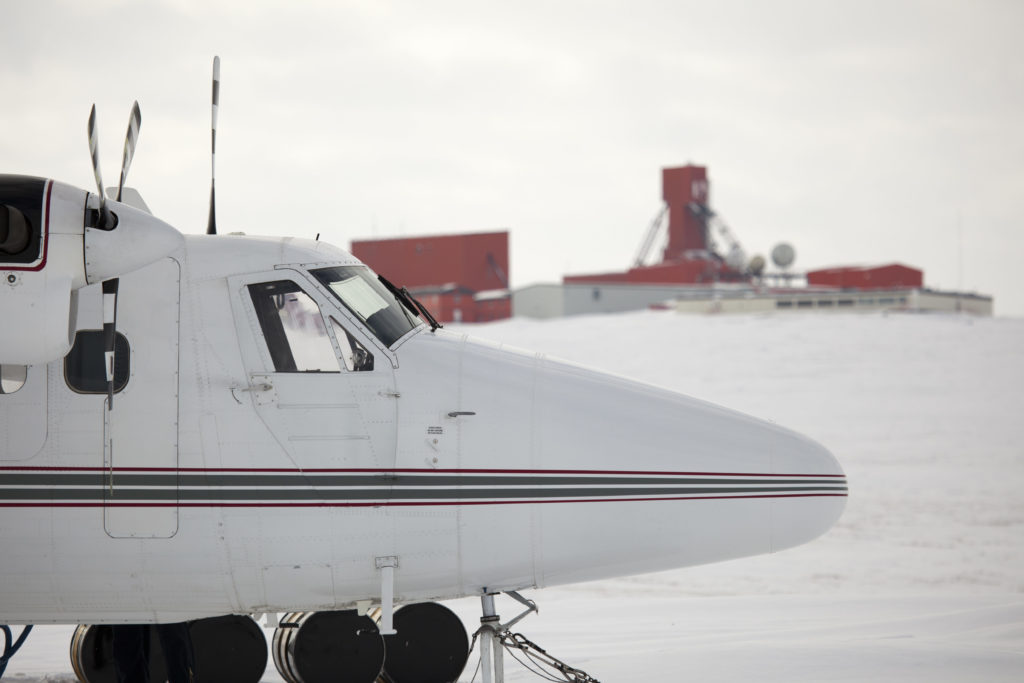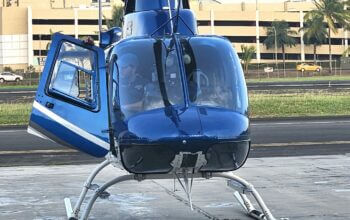Estimated reading time 4 minutes, 42 seconds.
In May 1924, Laurentide Air Service Limited launched the first scheduled flight in Canada to access gold deposits near Rouyn, Que. Explorers and prospectors realized the benefits of air access to remote mining sites, and from that point on, the fortunes of aviation and mining were inextricably linked.
Nowhere is that relationship more pronounced than in Canada’s three northern territories, where exploration and mining are key factors in determining economic health.

According to a November 2018 territorial outlook from the Conference Board of Canada, several major northern mining projects scheduled to start producing in the next few years are influencing a generally positive economic outlook for Nunavut and the Yukon.
In fact, Nunavut’s economy is expected to grow by an average of 4.6 per cent per year until 2025, predicted the board, which outpaces any other Canadian province or territory.
The Yukon also enjoys a bright outlook, with two new mines set to open in the next five years.
In contrast, the report predicts a slowdown for the Northwest Territories, with its economy expected to contract by 1.6 per cent annually between now and 2025.
“The mining industry is the biggest private sector contributor to the northern economy,” said Tom Hoefer, executive director of the NWT-Nunavut Chamber of Mines. “Mine spending in the two territories [covered by his organization] is $24 billion since 1996.”
Hoefer told attendees at NATA’s 43rd annual conference in Yellowknife, N.W.T., that mining accounts for about 30 per cent of the Nunavut economy. That is particularly impressive given that in 2009, Canada’s newest territory had no mining activity.
However, recent slower markets have resulted in less mineral exploration, which is crucial to identifying and developing the mines of the future.
“We need to renew investor confidence in the N.W.T. and Nunavut,” said Hoefer. “N.W.T. mineral exploration investment is languishing, although there are possible future mining operations for cobalt, copper and rare-earth minerals as well as lithium.”
The large Diavik diamond mine in the North Slave Region of the N.W.T. employs about 1,100 people and is scheduled for closure in 2025. Hoefer said new mining activity in the territory is not yet significant enough to replace all of the Diavik jobs.
Meanwhile, activity at Nunavut’s three mines (gold and iron) has been fairly robust.
Call for support
Hoefer pointed out that mining operations face many cost challenges, largely connected to weak infrastructure in the North.
“They must provide off-grid power to themselves, build their own roads, and build their own airports, seaports, camps, while providing all their own services such as medical, etc.,” he said. “You have to have robust deposits to be able to carry all of that.”
He called on governments to support exploration and mining efforts in the North, adding that there has been a dearth of such support since the mid-1970s.
“We assume the risks of exploration, mining and the markets, and we bring the money to do the job.
“But we are at a point where we can see a sunset or a sunrise in our industry. Government can help us catch up with key infrastructure investments such as the road into the mineral rich Slave geological province straddling the NWT and Nunavut, and cheaper, greener power in both territories. We need that help to turn rock into benefits, jobs, business spending, and tax revenue.”
Hoefer urged against “complacency,” adding that exploration investment must stay strong even when mining is good. “We need exploration today to find the new mines to sustain the jobs and business benefits when existing mines close.”
Today, mining is an important economic driver for northern Indigenous communities and accounts for $6 billion in Indigenous business spend.
The industry also trains and employs a significant number of local workers, while taxes and royalties now flow through to both public (federal and territorial) and Indigenous governments.
“The North has tremendous potential and it’s underdeveloped,” concluded Hoefer.








